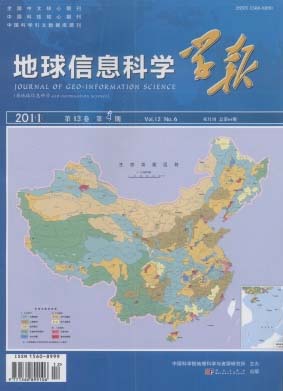ARTICLES
WANG Rui, LI Hu
The change of Normalized Difference Vegetation Index (NDVI) can reveal the evolvement of environment. Long-term quantitative analysis of vegetal distribution and change can illustrate the reason of environment change, and has become a research focus in recent years. In this paper, we made Mongolia as the study area, analyzed the annual and interannual changes, fluctuation degree and the spatial trend of vegetation distribution by 1 km MODIS-NDVI from 2001 to 2010. The MVC method, average value method, difference value method and linear regression method were used to analyze the annual and interannual changes. The results were: 1) MODIS-NDVI was highly sensitive to growth and change of plants, so it could be effectively applied to evaluate and monitor vegetation ecology; 2) Seasonal change of NDVI was remarkable in Mongolia, NDVI was abundant during summer and autumn, while was poor during winter and spring; 3) In recent ten years, the peak values of vegetation coverage occurred at the year of 2008 in spring, got into valley values in 2010, presented a retrograde tendency on the whole. The summer vegetation coverage and winter vegetation coverage changed slightly, in general the growth of plants was a little better in summer during the past decade, but was gradually reducing in winter. In autumn, the fluctuation of vegetation growth was wider, but still kept a increasing trend in general; 4) As for interannual change, the fluctuating range of NDVI variation was relatively wider from 2006 to 2010, the NDVI degradation was popular in spring and the NDVI coverage was increased during other seasons, and the extent of improvement was slightly higher than the extent of degradation; 5) According to the NDVI trend of Mongolia during 2001-2010, the vegetation area which kept a relatively steady state was 72.40% in spring, 70.30% in summer, 84.01% in autumn and 77.53% in winter, indicating that the NDVI coverage of Mongolia showed a overall stable, locally lightly improved trend in the past ten years; And 6) from the spacial distribution, the stable region was widely distributed on a national scale, the improved region was mainly distributed in the eastern part of the country and the degraded NDVI coverage was mainly distributed in the central region.
